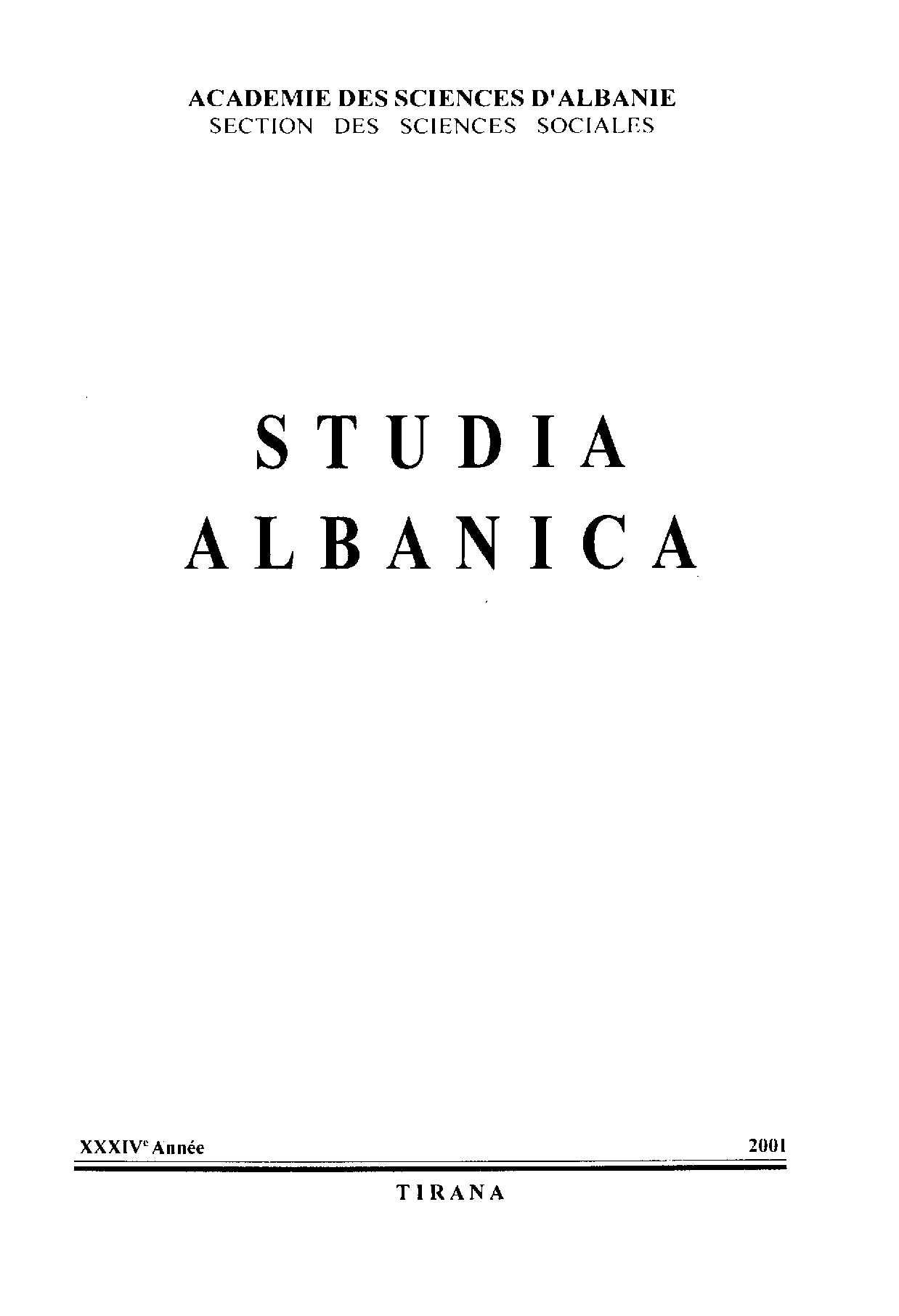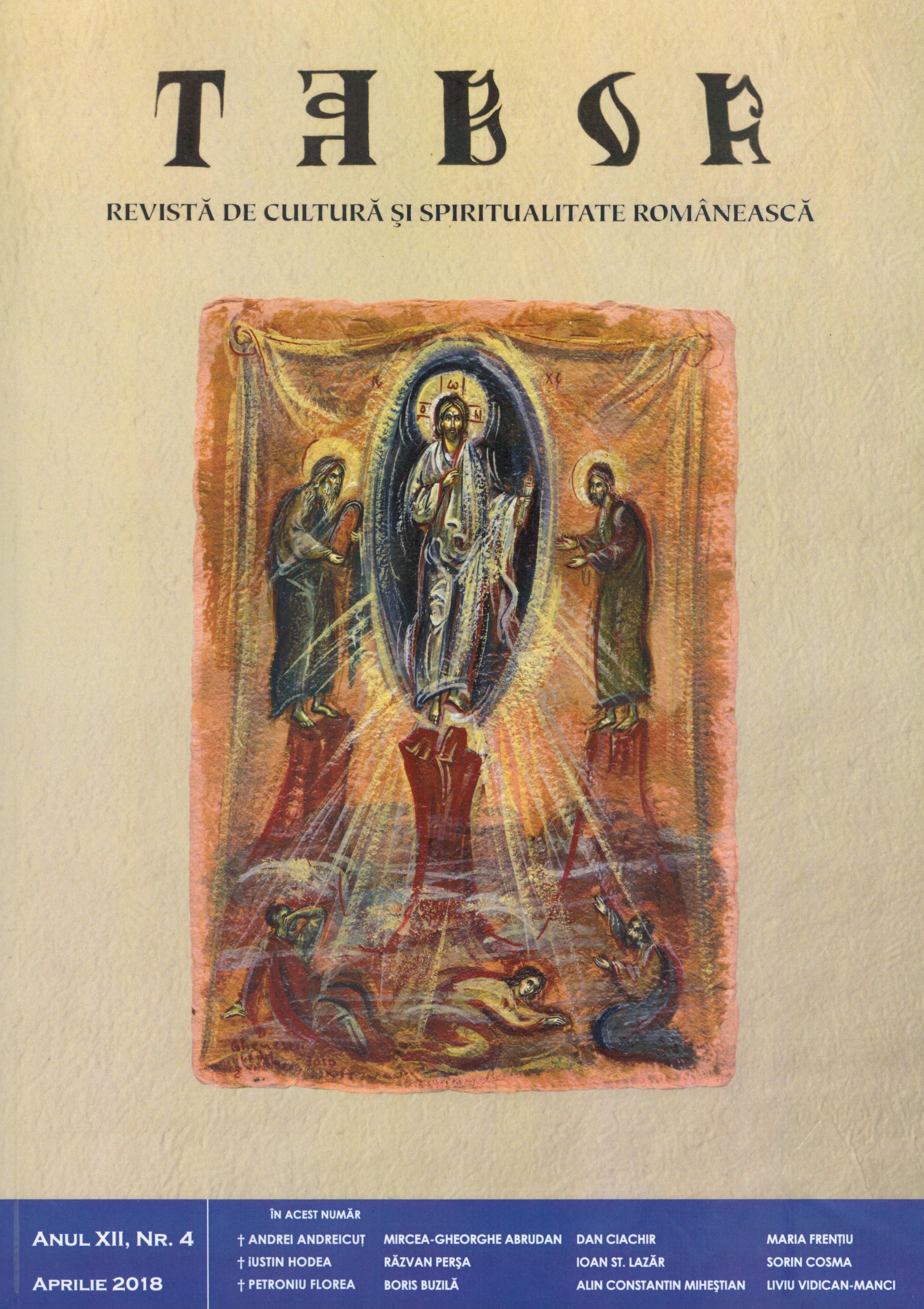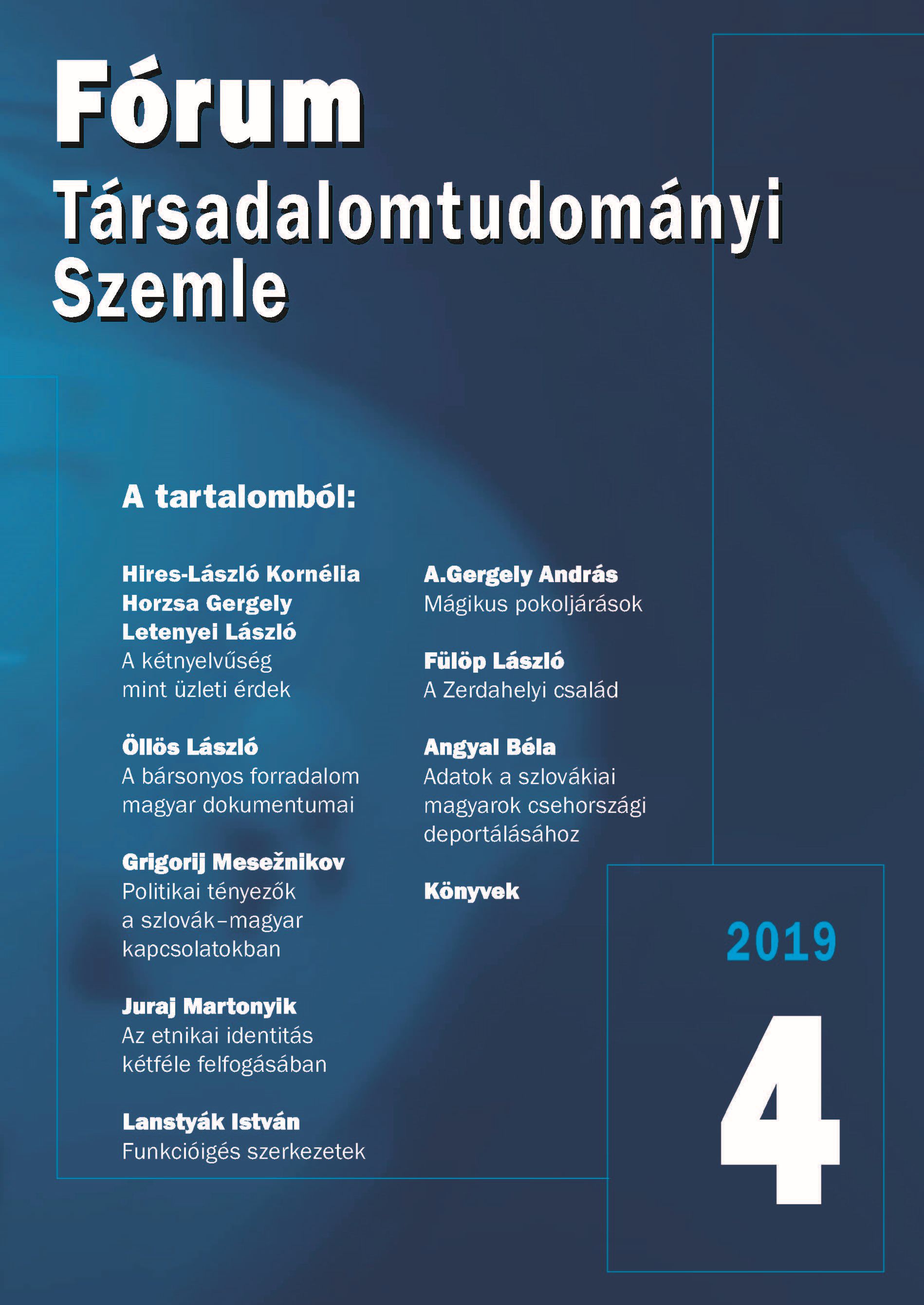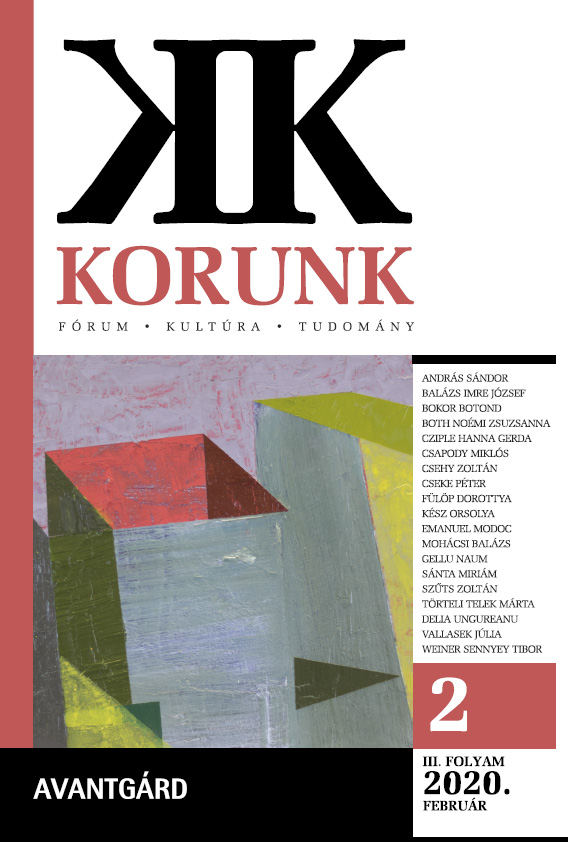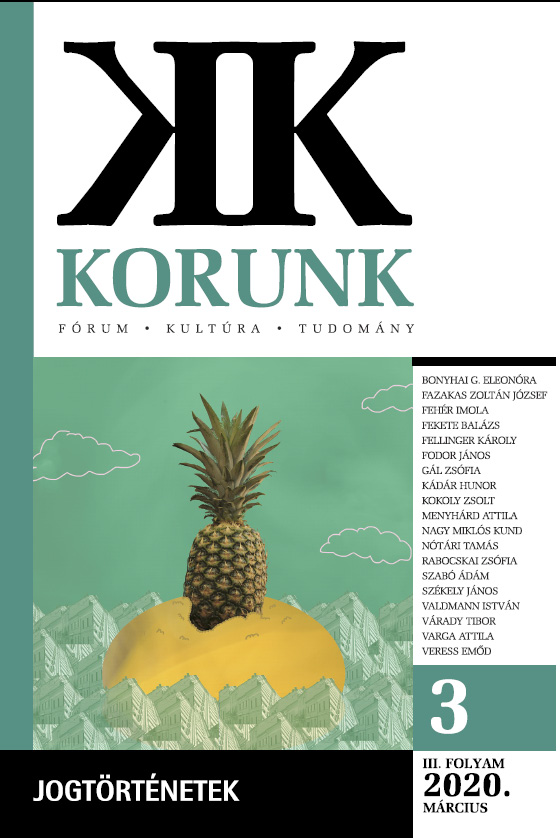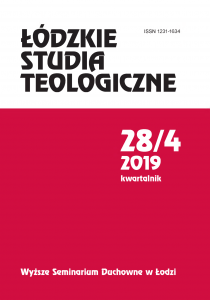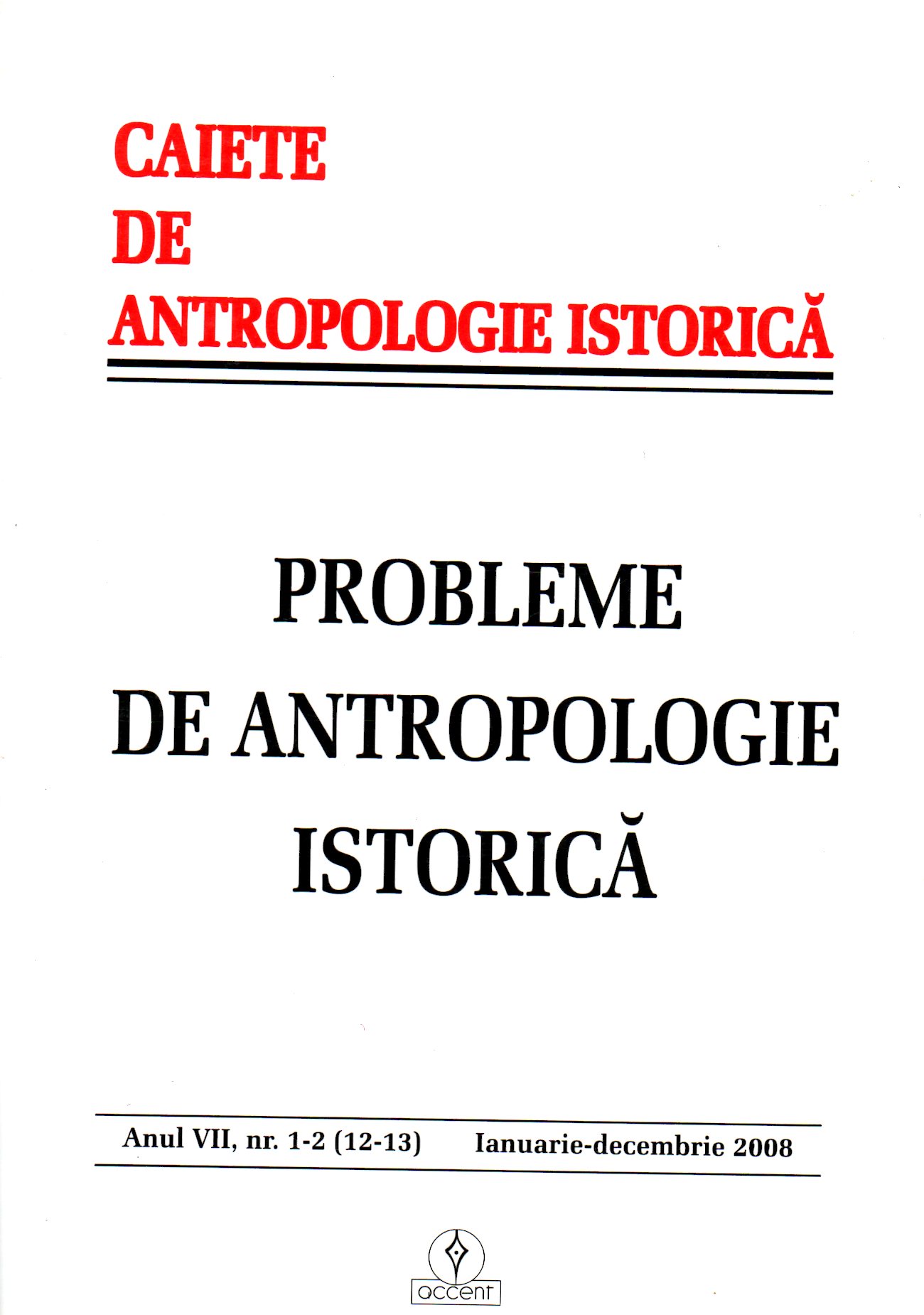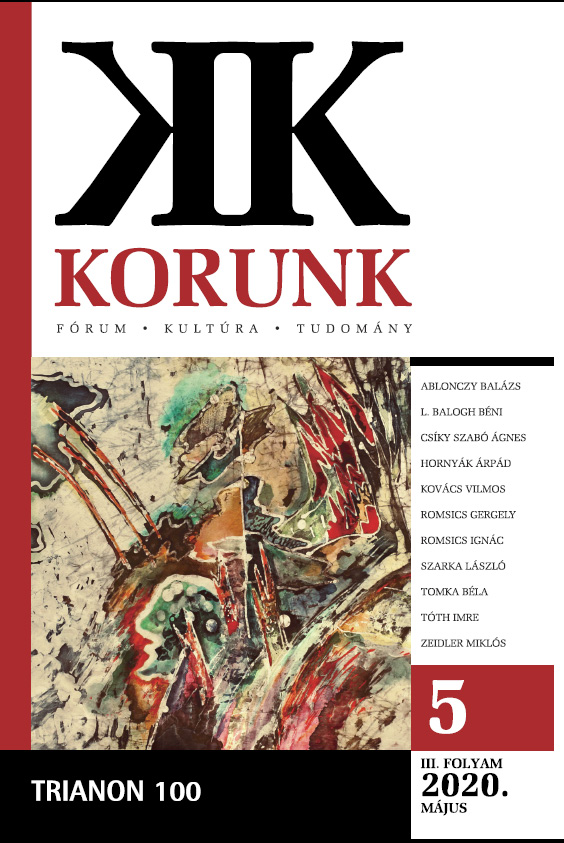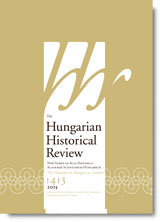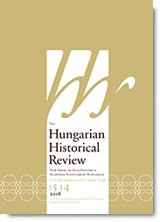Author(s): Miklós Zeidler / Language(s): Hungarian
Issue: 05/2020
Already before the surrender, in October 1918, several Hungarian geographers and statisticians recommended the compilation of a scientific material suitable for representing Hungarian interests at the future peace conference. This work was conducted until the end of 1919 in Budapest, with a few months’ interruption during the council government period. Then, in January 1920, a special delegation led by Albert Apponyi was sent to the Paris Peace Conference. The delegation submitted the socalled preliminary record already during the same month, followed by the response records in February and March, as a reflection upon the peace conditions set out by the winners. This documentation contained detailed studies, maps and statistical data related to Hungary’s history, geography, climate, natural resources, political regime, national economy, traffic routes, religious affiliations, the geographical situation of the various nationalities, social integration, its legal, political, economic and cultural situation, from a perspective that represented historical Hungary as an ideal state. By the presentation of this enormous material, the delegation wanted to put forward arguments against the planned dismemberment of Hungary, and proposed the referendum and the intact preservation of the territories ethnically and economically most strongly connected to Hungary as an alternative solution. Although the peace delegation did not expect for quick results, it still hoped that its arguments will have
an impact on the leading powers, providing a basis for later territorial revision. To this end, immediately after the Peace Conference, a four-volume work containing the Hungarian submissions was published in Hungarian, French and English.
More...
